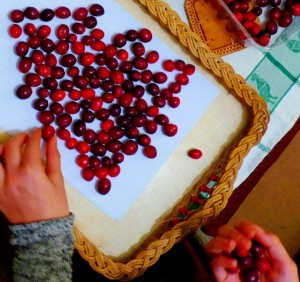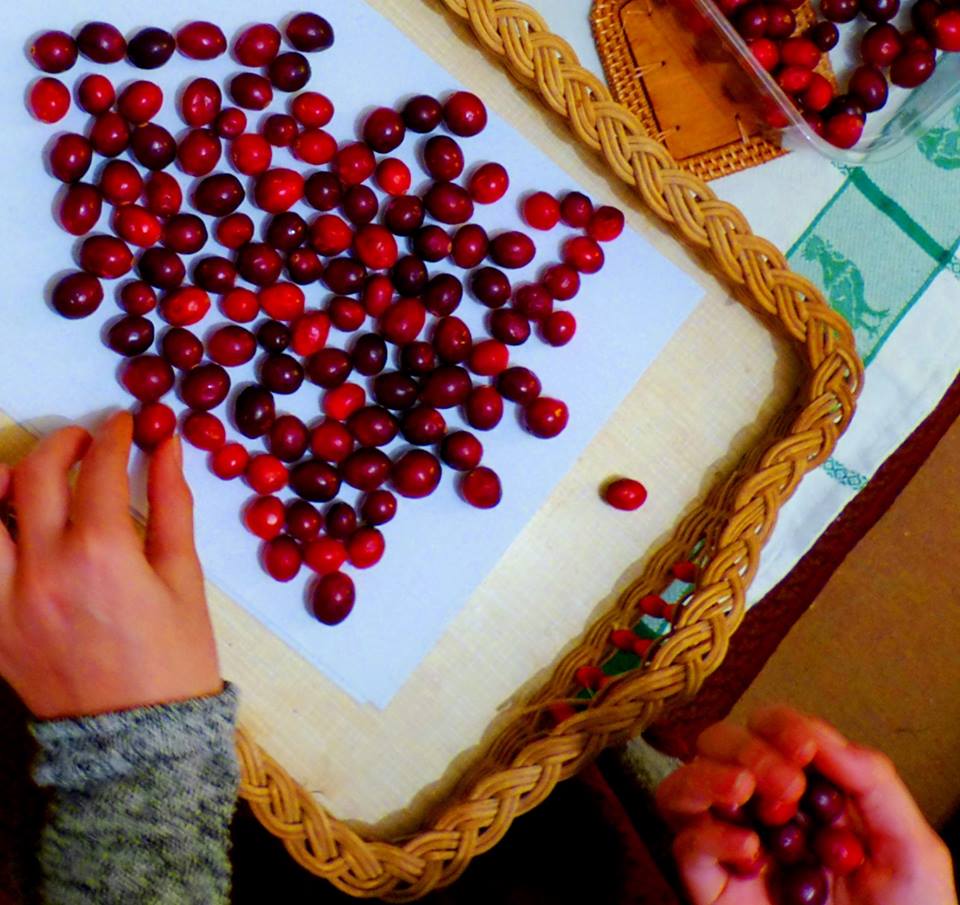The cranberry is a small bog plant in the U.K.; Vaccinium oxycoccus, the wild cranberry is a diminutive plant of acid bog-lands, and most British botanists will tell you that they have not seen it produce more than a spoonful of fruit, let alone a jam jar full.

The cranberry of sauce fame is not the product of the European cranberry but its rather more robust American relative Vaccinium macrocarpon – a remarkable crop, because although it’s hardly been domesticated from the wild, it has perhaps the most high tech cultivation system of any modern crop. There are even festivals to celebrate the cranberry harvest such as Warrens Cranberry festival and the Chatsworth Cranberry festival.
Today, cranberry juice and cranberry sauce is available everywhere in copious quantities and not just at Christmas but throughout the year. The juice is valued for its anitoxidant properties and has a high concentration of quercetin that may have some anti-cancer activity in purified form.
For more on cranberries read our 2017 #AdventBotany blog.

